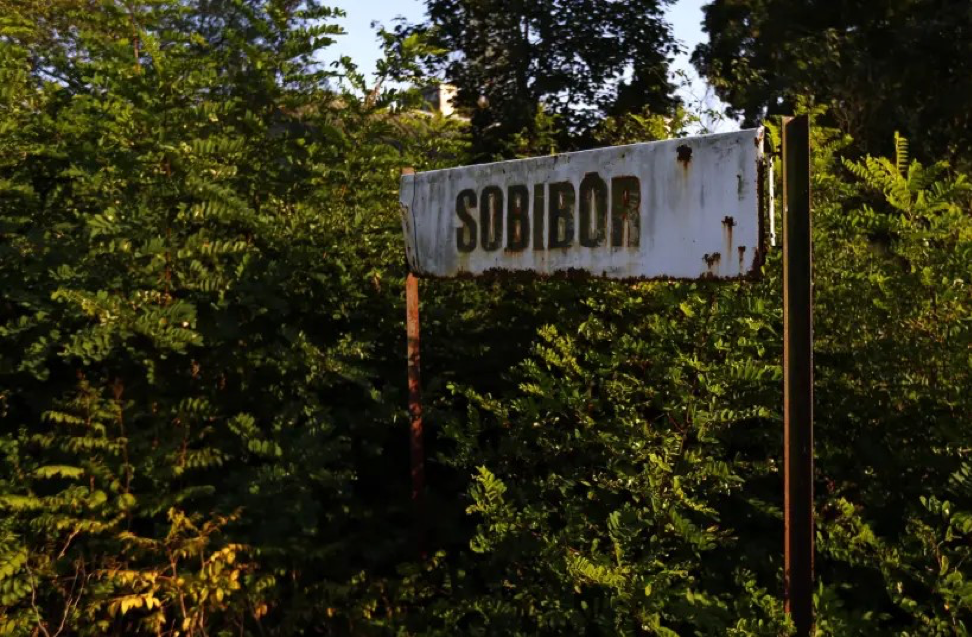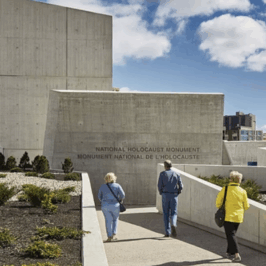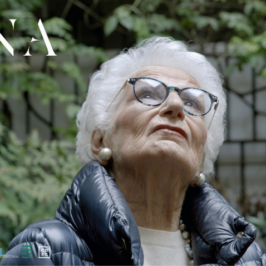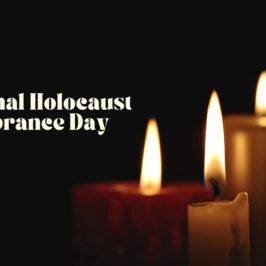Since 2015, archaeologist Denis Renaud has taught a module on the archaeology of the Holocaust in his class, “Méthodes et techniques archéologiques” (CLA-2510) at the University of Ottawa. The main goal of the class is to prepare students for an actual dig in the field. A practical exercise, such as a mini dig in plastic bins, is done in the classroom. This simulation is appreciated by students who say it prepares them for the dig.
In his class, Professor Renaud also explains the contribution of contemporary archaeology to the understanding of history, including modern conflicts. Since 2013, he has developed a specialization in Battlefield Archaeology after earning a Master’s Degree from the Sorbonne in Paris. He then developed the module to demonstrate that the earth continues to hold unknown information that could contribute to knowledge of the fate of the victims.
The module has two dimensions: first, show the physical evidence from the camps through artifacts and traces in the earth. This demonstrates how the first digs at Sobibor and Treblinka showed, beyond any doubt, that the archaeological evidence revealed new information: the camps were larger than had been thought and victims could be identified through artifacts.

Second, make students aware of the impact and extent of the Holocaust on peoples’ lives. Here the focus is on academic sources that explain the creation and the building of the genocidal process. Using primary sources such as digitized original documents and documentaries such as Shoah, Professor Renaud makes students aware of the dangers of hate speech and its consequences. Academic references by historian Raul Hilberg and author Hannah Arendt are also used. The module shows that patterns are repeated through history; education and awareness are pivotal to grasp the consequences and avoid their repetition.
A key moment for Professor Renaud came in 1996 when he decided to visit Auschwitz. Since his childhood, he had read about the Second World War, including the Holocaust. At first attracted by the German uniforms and the German military equipment, he later realized what this iconography was all about. Auschwitz left him speechless, as vocabulary to describe what he saw does not exist. He also saw places where Jewish life thrived in Cracow before the war. At one point, he stood near a former synagogue and realized afterwards that he was standing in the exact same spot where a famous photo had been taken by Roman Vishniac, a Russian-American photographer, “best known for capturing on film the culture of Jews in Central and Eastern Europe before the Holocaust.” (Roman Vishniac – Wikipedia). He saw this as a sign that he had to act for those who could no longer speak. He has presented his material at conferences, but the actual contribution comes from the module he developed for his class.
For more information about the archaeological dig at Sobibor see here.






